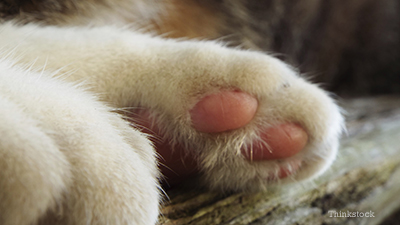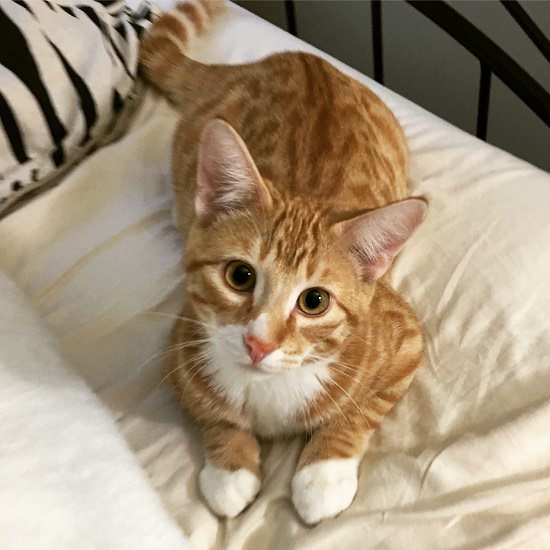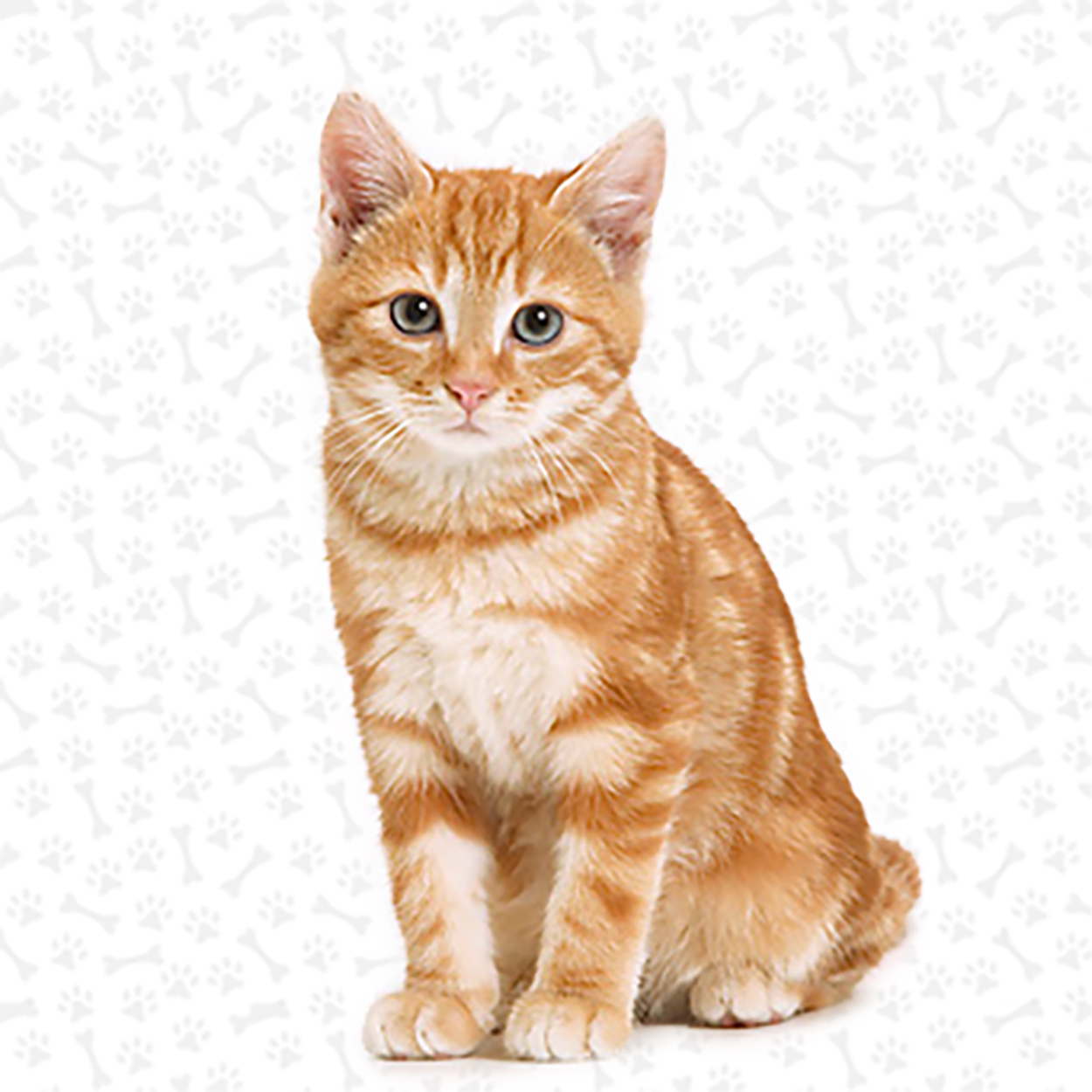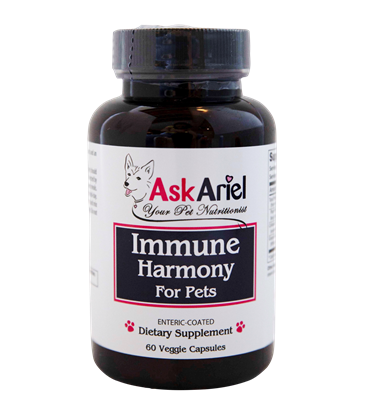You must consult a veterinarian if your cat develops pillow paw symptoms. Pf may affect cats of any age depending on the cause;

Pododermatitis A Common Problem With Many Causes
The exact cause is unknown, but like other autoimmune conditions, it is the body's response to an antibody or infection that causes an inflammatory response.

Pillow foot in cats contagious. A siamese cat given cimetidine developed an exfoliative dermatitis of the ears, face and feet. "pillow foot" or "pillow paw" (feline plasma cell pododermatitis) is an autoimmune condition that can cause cats to develop painful, swollen cracked paw pads on one or more of their paws. Plasma cell pododermatitis literally means foot inflammation involving infiltration by.
It may be a condition that occurs as a symptom of serious diseases like fiv and felv. It's thought that pillow paw is a result of a cat's immune system mistakenly producing a. Feline plasma cell pododermatitis, often called "pillow foot", is a condition in which severe inflammation develops on the foot pads of a cat.
Yes, i'm also interested in if she's fiv or felv positive, because these surpress the immune system, making a cat more susceptible to infections, like pillow foot (called feline plasma cell pododermatitis, if you want to be technical). The cat may eventually become quite lame if the paws become too damaged. Also, cat paw infection or inflammation is known as pillow foot and occurs when a cat's lymphocytes produce antibodies.
If the cat's body detects an infection or an antibody, the immune system produces excess plasma cells. The cat's body attacks its own tissues and it is very painful, as your cat may have inflamed gums, mouth sores or ulcers and bleeding gums. The typical clinical signs of an upper respiratory infection involve the nose and throat such as sneezing, nasal congestion, conjunctivitis, and discharge from the nose or eyes.
Pillow paw is essentially a condition of severe inflammation that attacks your cat's footpad. Footpad lesions and paronychia were also present. It is for this reason it has the common name of 'pillow paw' or 'pillow foot'.
We did go to the vet and it turns out to be pillow foot, the doctor gave him antibiotic shots we saw how healthy. The cat's body produces excess plasma and the padding of. Cats with a calicivirus infection often develop ulcers on the tongue, hard palate, gums, lips, or.
Pododermatitis is often paired with renal amyloidosis (a kidney disease) or plasma cell stomatitis (a disease of the mouth). (sometimes called pillow foot) plasma cell pododermatitis is a foot pad disease of cats which is fairly classical in its appearance yet its significance is poorly understood. In turn, these excess plasma cells cause swelling in the padding on the bottom of the cat's foot.
The calicivirus is another potential cause. The strength of evidence supporting drug causation remains weak. He may be able to diagnose the condition just by examining the paws of the feet.
The last time i had posted here for help for our youngest cat (rio jr.) we had a problem and its still not solved. Pillow paw is often a sign that something else is wrong. Read about pillow paw cat holistic treatment here.
In most cases, they will all be inflamed. Very rarely will only one footpad be affected. Pf was the histopathologic diagnosis.
It is known for its surprising appearance of spongy, doughy, and large footpads. Plasma cell pododermatitis, commonly referred to by the names pillow foot or pillow paw, is a disease of the footpads that can occur in some cats. This condition is described as rare.
You're describing a condition in cats called feline plasma cell pododermatitis (fpp), and it is sometimes called "pillow foot." i haven't heard it referred to as "puffy pad disease," but the name is appropriate because the foot pad of the affected foot (or feet) develops a characteristic swollen, puffy appearance. Feline plasma cell pododermatitis is a rare disease with a characteristic symptom of swollen feet. Easy to recognize but not as easy to understand, this condition is often called pillow foot in cats for reasons that are obvious.
To be sure of his visual diagnosis, he may decide to do a biopsy of the infected pad. "pillow foot or paw" (feline plasma cell pododermatitis) treatment is possible with natural remedies. Feline calicivirus is a virus that is an important cause of upper respiratory infections and oral disease in cats.
The problem occurs when the animal's immune system responds unexpectedly. Pillow paw feline plasma cell pododermatitis, often called "pillow foot" or "pillow paw", is an autoimmune condition in which severe inflammation develops on the foot pads of a cat. The medical term "pododermatitis" literally means inflammation of the skin on the foot.

Pododermatitis A Common Problem With Many Causes
Pillow Paw Disease In Cats

Plasma Cell Pododermatitis Case - I Love Veterinary

Feline Plasma Cell Pododermatitis My Cat Has A Sore Paw

Plasma Cell Pododermatitis In Lacey Wa Dermatology Clinic For Animals

Pillow Foot In Cats Treatment Home Remedies

Pillow Paw Disease In Cats
Pillow Paw Disease In Cats

Plasma Cell Pododermatitis Case - I Love Veterinary

Vet Talks Treating Pillow Foot Or Plasma Cell Pododermatitis In Cats Dog Treatment Cats Dog Repellent Spray

Feline Plasma Cell Pododermatitis Treatments Natural Treatments For Pillow Paw Poor Digestion Autoimmune Food Allergies
![]()
How To Groom Cats Paw And Claw Care - Life Cats

4 Potent Home Remedies For Pillow Foot In Cats Helth

Pillow Foot In Cats Treatment Home Remedies

Pillow Foot In Cats Treatment Home Remedies

Vet Talks Treating Pillow Foot Or Plasma Cell Pododermatitis In Cats Cat Vet Pet Care Vets

Plasma Cell Pododermatitis In Lacey Wa Dermatology Clinic For Animals

Pillow Foot In Cats Treatment Home Remedies

Plasma Cell Pododermatitis Case - I Love Veterinary
Pillow Foot In Cats Contagious. There are any Pillow Foot In Cats Contagious in here.